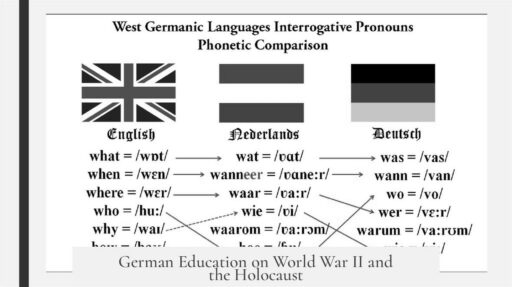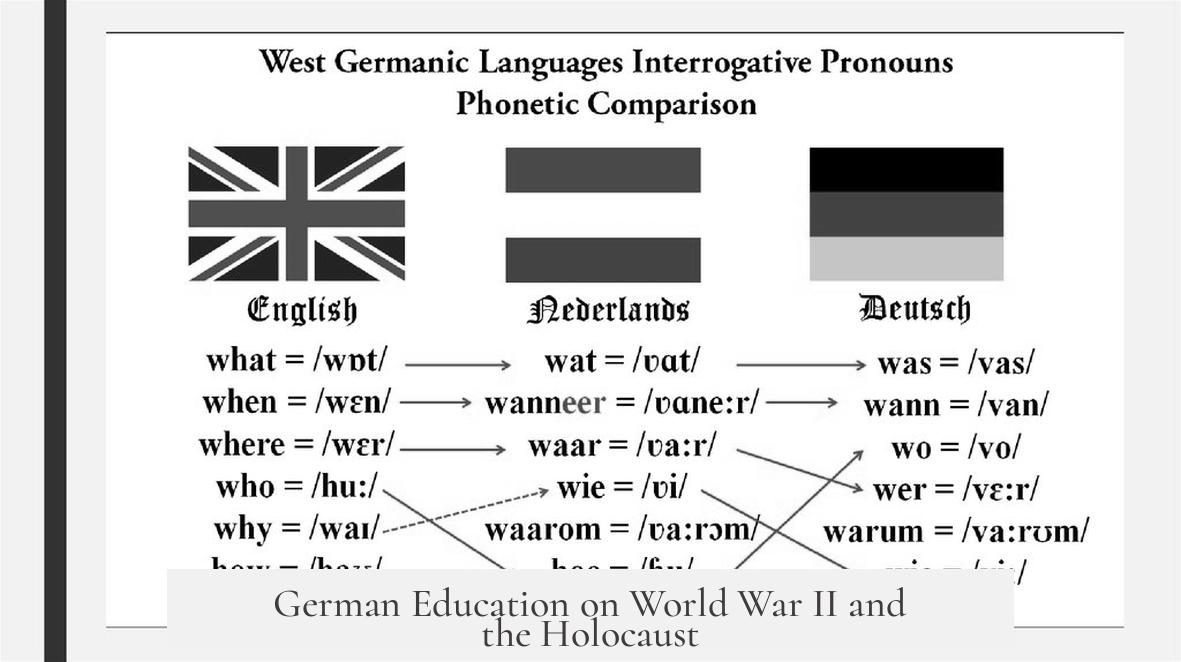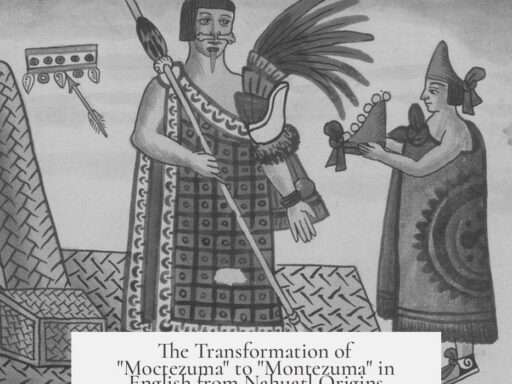German schools teach about World War II and the Holocaust in a comprehensive, mandatory, and multi-dimensional way that aims to instill a deep understanding of these historical events. The Holocaust and Nazi Germany are central topics, covered extensively across several school subjects and designed to ensure every student acquires basic knowledge and critical perspectives on these issues.
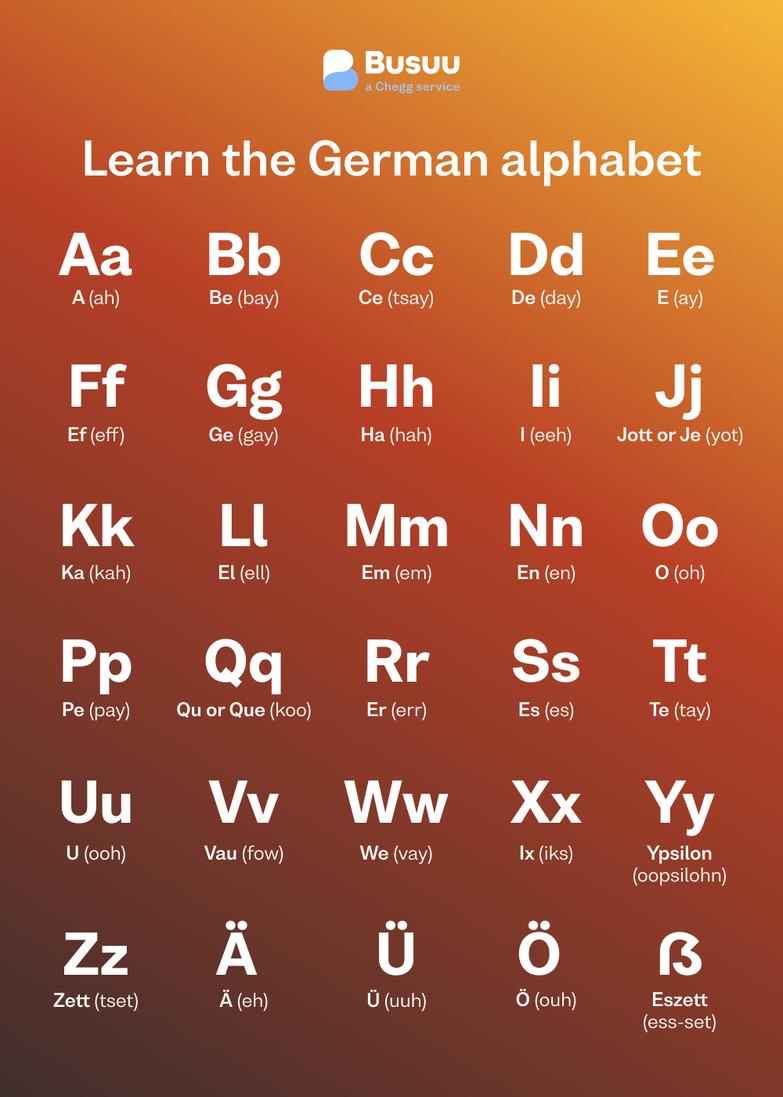
Education about the Holocaust and World War II occupies a significant portion of the curriculum. German pupils often receive more detailed education on these topics than on any other historical event, sometimes leading to what educators call “Holocaust fatigue.” This high priority ensures that the Holocaust is addressed fully to prevent forgetting or distortion of history.
National agreements require that the Holocaust and Nazi Germany be taught in all federal states. This usually happens in year 9 or 10 of secondary education, though some states start as early as year 8. These topics are not confined to history classes alone. Schools incorporate the Holocaust into German literature lessons, often using works like The Diary of Anne Frank, and ethics or religion classes. This multidisciplinary approach helps students grasp not only the facts but also the moral and cultural implications.

The time devoted specifically to Holocaust education in history classes averages over 20 hours during the critical years 9 or 10. Advanced school tracks, such as Bavaria’s Gymnasium for years 12 and 13, include nuanced study of the era. These curricula cover the ideological roots, societal reactions, and consequences such as racism and collective guilt. They challenge students to engage with complex academic concepts like continuation theses, requiring deeper historical thinking.
| Curricular Focus | Details |
|---|---|
| Basic Knowledge | Mandatory coverage of Holocaust and WWII by year 9/10 across all federal states |
| Multidisciplinary Teaching | History, German literature (Anne Frank), Ethics/Religion classes |
| Memorial Visits | State-level requirement for visits to local Holocaust memorials |
| Advanced Study | Deeper topics including collective guilt and societal impact taught in advanced classes |
While education plans vary by state, all adhere to standards that promote Holocaust awareness. Many states require school groups to visit memorial sites. This direct engagement reinforces emotional and historical learning.
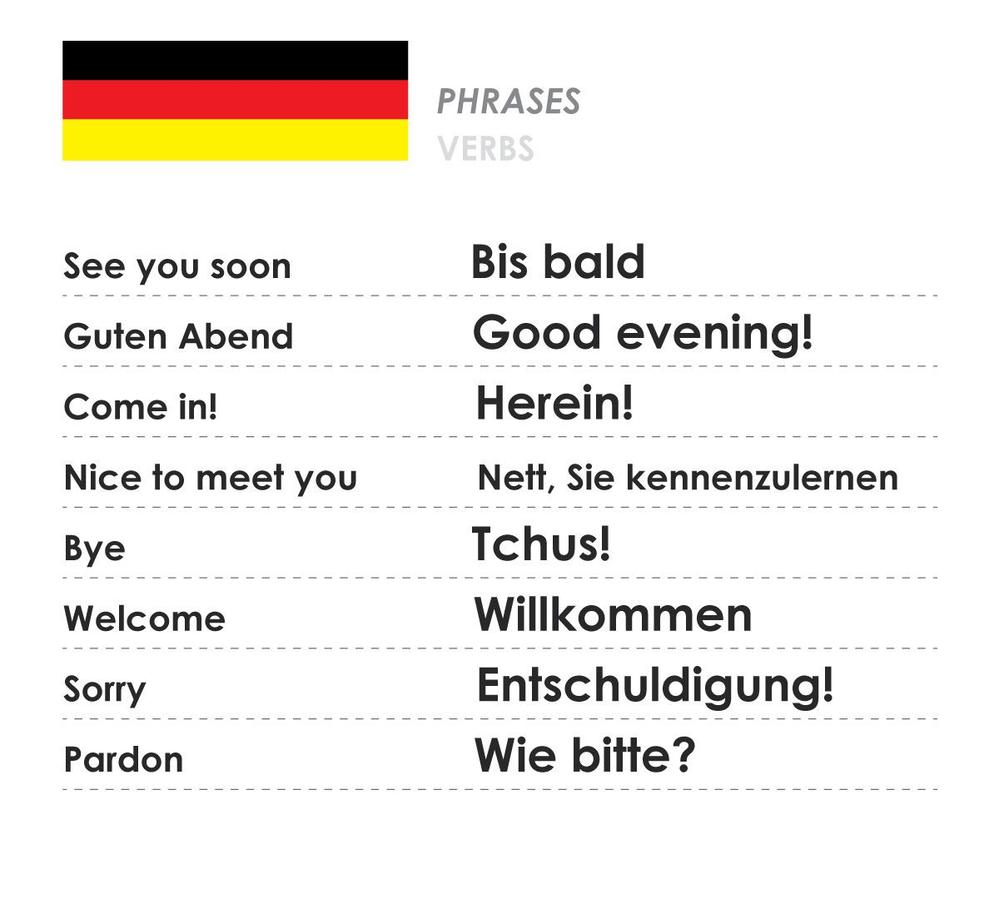
Teacher training forms a vital part of Holocaust education. Since 2013, Germany’s cultural and education ministers cooperate with Yad Vashem, the Israeli Holocaust memorial. Yad Vashem offers seminars and resources to help teachers improve their understanding and instructional skills. This cooperation emphasizes pedagogical quality and up-to-date scholarship.
Holocaust education also reflects Germany’s political and social context, particularly following reunification in 1991. The Holocaust became a clear boundary marker for shaping a post-war German identity. Official policy promotes remembrance and education as a state priority. In this way, confronting Nazi crimes supports political responsibility and collective memory as foundational elements of modern German citizenship.
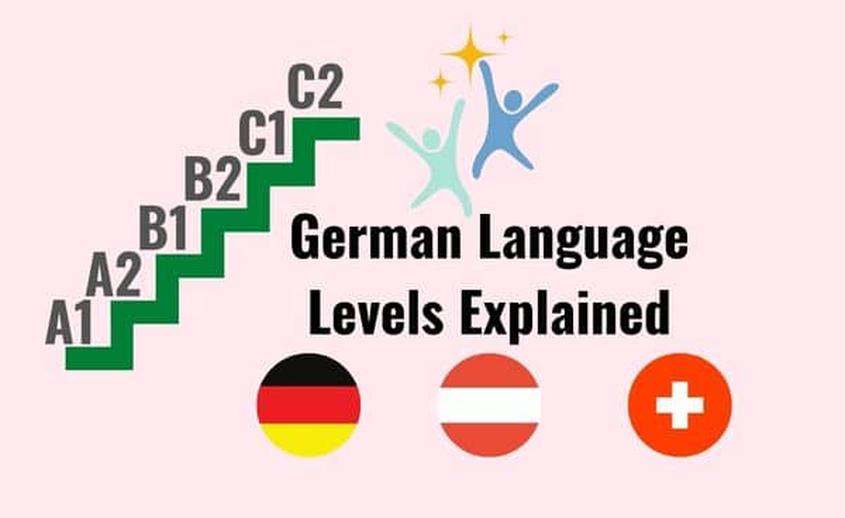
Despite this extensive effort, challenges remain. The phenomenon called “Holocaust fatigue” arises when pupils grow tired or disinterested, feeling overwhelmed by the volume and repetition of the topic. Some teachers who zealously emphasize the Holocaust may unintentionally contribute to this fatigue.
Research also shows shifts in how students relate to the Holocaust. For example, some students approach teaching the subject in new and sometimes unconventional methods, such as designing games about it. Cultural saturation of Holocaust references in media may dilute seriousness or cause disengagement.
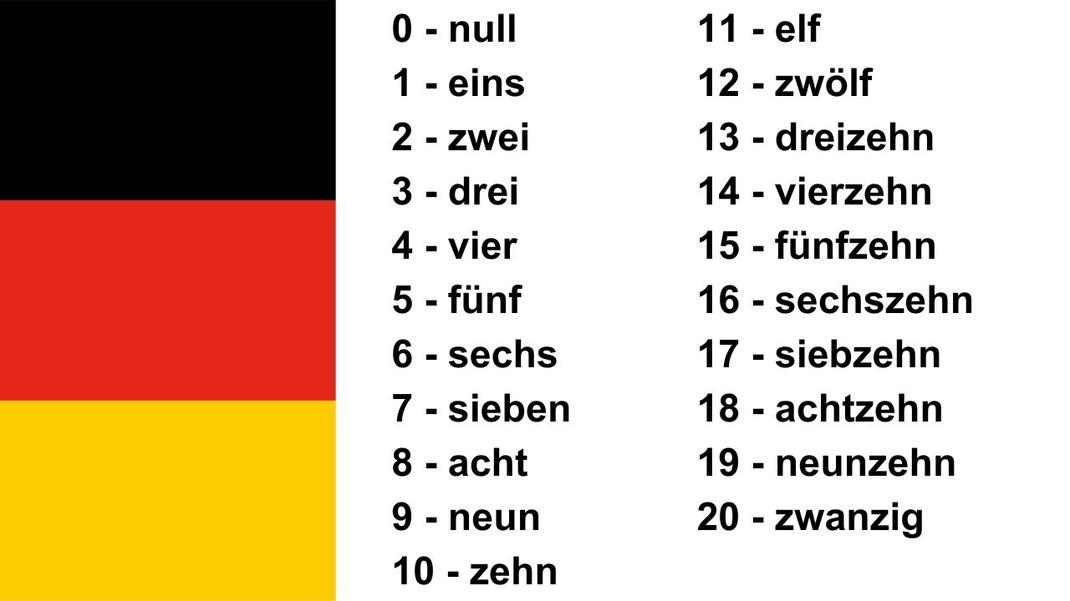
Critics debate how best to balance thorough education with maintaining student engagement in an age of constant Holocaust representation across films, television, and internet content.
- Holocaust and WWII education is compulsory in all German federal states, typically in years 9-10.
- The teaching is extensive and interdisciplinary, covering history, literature, and ethics.
- Memorial visits are mandated to reinforce learning through direct experience.
- Teacher training is supported by partnerships with institutions like Yad Vashem.
- Holocaust education is central to German political and cultural identity post-1990 reunification.
- Challenges include Holocaust fatigue and shifts in student perception of the topic.
How do German schools teach about WW2 and the Holocaust?
German schools approach teaching about World War II and the Holocaust with remarkable depth and seriousness. This education goes beyond basic history lessons, shaping collective memory and political identity. But what does this really look like inside a classroom? Let’s explore.
First off, in Germany, learning about the Holocaust isn’t optional. Every federal state requires schools to teach it, usually around 8th to 10th grade. The goal is clear: ensure each student graduates with a solid understanding of Nazi Germany and the Holocaust. It’s part of a national commitment dating back to post-reunification efforts, where Germany sought to confront its past openly.
Interestingly, it’s not just history teachers prepping kids on this subject. Literature and ethics classes join the conversation—often using works like The Diary of Anne Frank. So, students see the Holocaust through multiple lenses: historical facts, personal stories, moral questions. This multidisciplinary approach enriches understanding, though it can sometimes feel like the Holocaust occupies almost *too much* space in the curriculum—leading some students to experience what scholars call “Holocaust fatigue.”
Speaking of fatigue, Benedikt Haller, a noted scholar, comments on this phenomenon. He acknowledges the curriculum’s intensity and the strong place the Holocaust holds but insists this isn’t a call to shrink its presence in lessons. Rather, it’s a signal to teachers to balance passion without overwhelming students.
In fact, many children spend over 20 hours in history class alone dedicated to the Holocaust during these formative school years. Advanced classes, particularly in gymnasiums (German high schools), delve even deeper. Pupils explore complex topics like collective guilt, continuation theses, and the impact of racist policies on German society—issues which demand historical thinking and engagement with scholarly debates.
But don’t think German Holocaust education is one-size-fits-all. There’s diversity because education falls under each federal state’s responsibility, meaning curriculum details differ depending on location. Still, certain standards apply nationwide. For example, most states require students to visit a nearby memorial or concentration camp site at least once during their school years. These trips add a profound, tangible dimension to classroom learning.
To support teachers in this critical role, Germany has formed partnerships with institutions like Yad Vashem in Israel since 2013. This collaboration provides German educators with seminars and materials, helping them teach the Holocaust with accuracy and sensitivity. The aim is to avoid misinformation, reduce discomfort, and encourage reflective discussion—while ensuring respect for victims’ stories.
Why so much effort? There’s a very specific historical and political context behind it. After German reunification in 1991, defining a shared national identity became pressing. The Holocaust and the Nazi past provided a stark, uncomfortable mirror. Rather than erasing or ignoring it, official policy made Holocaust remembrance a cornerstone of German identity and education. Today, commemoration is both a cultural duty and a political priority, seen as fostering responsibility and preventing new extremism.
This approach even serves as a global model. Some German MPs have suggested that countries with difficult pasts, like Turkey, study Germany’s education system on how to respectfully confront their own histories.
“The Holocaust is not just history,” says German educator Simone Schweber. “It’s a daily conversation, though sometimes students approach it in ways that surprise us.” For example, some students have turned Holocaust education into games like jeopardy, which challenges traditional solemnity but also reflects modern engagement styles with difficult topics.
And there’s a reason for this “Holocaust saturation.” Since the 1980s, media and cultural products about the Holocaust exploded. In 2003 alone, an extraordinary number of documentaries appeared. Even mainstream pop culture occasionally references the Holocaust—sometimes awkwardly—such as in X-Men episodes or comedy shows like Seinfeld. Such saturation leads to mixed feelings: on the one hand, it keeps awareness alive; on the other, it risks desensitization.
Let’s be clear, though. Despite challenges, German schools are arguably leading in Holocaust education worldwide. The balance between historical rigor, emotional engagement, and critical reflection is difficult but actively pursued.
One practical tip for educators worldwide inspired by Germany’s model is to mix factual teaching with visits to memorial sites and survivor testimonies whenever possible. This “live” history can transform abstract facts into real human stories, fostering empathy and deeper understanding.
| Aspect | German Approach |
|---|---|
| Curriculum Requirement | Mandatory across all federal states, usually taught in year 9 or 10 |
| Subjects Involved | History, Literature (e.g., Anne Frank), Religion/Ethics |
| Instructional Time | Over 20 hours average in history; more in advanced classes |
| Teacher Support | Partnerships with Yad Vashem for seminars and materials |
| Experiential Learning | Mandatory visits to memorial sites |
| Challenges | Holocaust fatigue, student engagement shifts, cultural saturation |
So, why does all this matter beyond Germany? Teaching difficult history well shapes a society’s ability to reckon with its past. When done right, it inoculates against denial and repetition of atrocities. Germany’s experience shows that reckoning is a lifelong process, involving curriculum design, teacher training, and cultural discussion.
Imagine a Holocaust class where students only read dry facts or memorize dates. It wouldn’t inspire reflection or empathy. Instead, Germany’s schooling involves cross-subject connections, critical thinking, direct experiences, and political context. The education doesn’t just relay history; it builds a foundation for democratic awareness and human rights advocacy.
Are there downsides? Sure. The “Holocaust fatigue” that Haller discusses reminds us that no approach is flawless. Students sometimes resist repeated exposure, and the manner of presentation matters hugely. Overzealous teaching may backfire, causing disengagement. Plus, as decades pass and survivors become fewer, maintaining authenticity gets harder.
Still, Germany continues adapting. Collaborations, developing new teaching tools, and supporting teachers remain priorities. The country’s commitment to Holocaust education stands firm because it recognizes these lessons as essential, not negotiable.
In short, German schools teach the Holocaust and World War II with a strategic, multifaceted, and politically conscious approach. They embed remembrance into their national identity while constantly wrestling with how best to engage new generations. This dedication shapes not just German pupils but offers a roadmap for any society facing tough historical legacies.
So next time you wonder how countries deal with dark chapters in their past, remember Germany’s example: teach thoroughly, teach often, but always teach thoughtfully. It’s a complex balancing act, but one that matters immensely for our shared human future.
